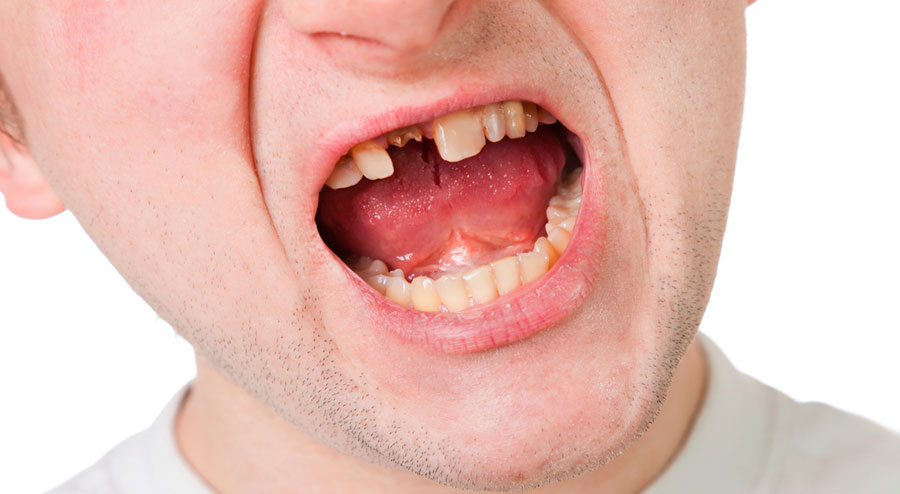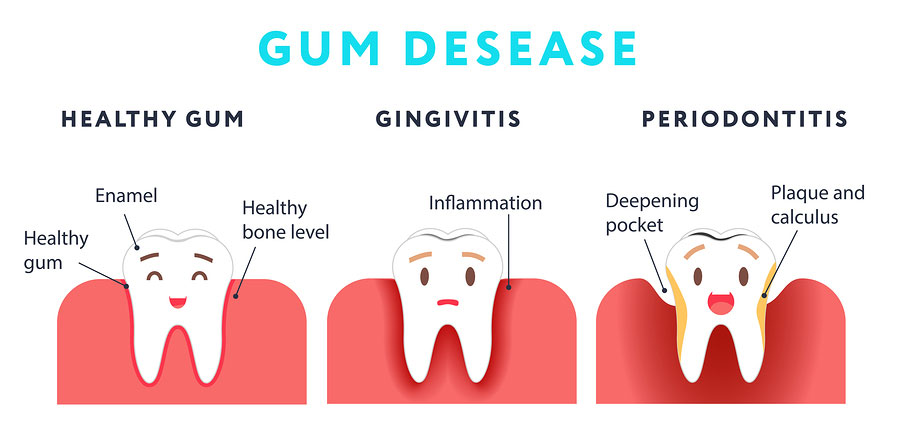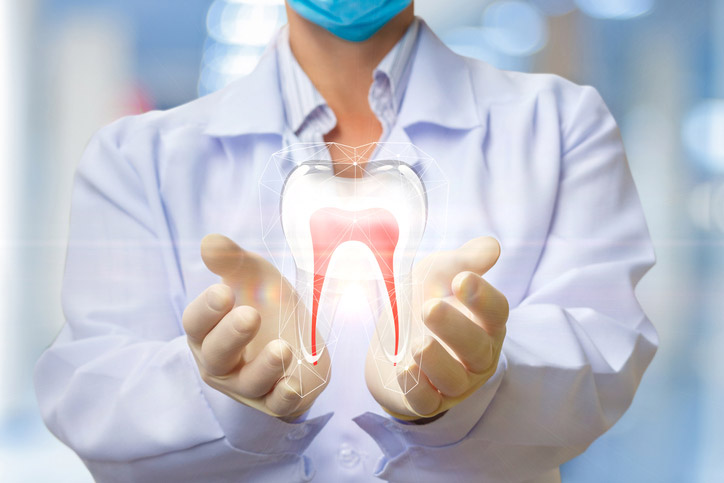Loose Adult Tooth? Here’s What to Do

Injury
The first step in addressing a loose adult tooth is to figure out why it has become loose. A recent injury is the most obvious cause and also the most traumatic. If you have recently been hit in the mouth and notice a tooth or two has become loose then you should see your dentist immediately. Do not attempt to pull the tooth out or wiggle it around. If you pull out the tooth yourself you are putting the socket at risk of infection and increased bleeding. This also runs the risk of having the root or part of the tooth break off in the socket which can aggravate things even more.
If the tooth has come completely out of the socket, then save it from the environment and go immediately to an emergency dentist. If the tooth has not come out, then the case is not as urgent but you should still get to the dentist within a day or two as there may be damage at the root level and the tooth could still die if not attended to.
Teeth Grinding
The non-traumatic causes of loose teeth tend to take much longer to develop and are more easily reversible once diagnosed. If you do not already wear a night guard to protect your teeth from grinding, then it is possible that you have been grinding your teeth in your sleep and have thus loosened one of them.
When you go to the dentist with a loosened tooth they will look for signs of trauma or disease. If there are no obvious symptoms of any situation which might have caused the loose tooth then they will likely suggest you might be a tooth grinder and will recommend a night guard. Once you have started wearing the night guard the stress on your tooth will lessen. The tooth will be able to settle back in and the surrounding gums and tissue should tighten up to hold the tooth firmly in place again.
Gum Disease

If gingivitis is allowed to progress into more serious periodontal disease, then the gums will begin to recede and eventually pull away from the root of the teeth. Since the gums are what keep the teeth firmly attached in the mouth if they start pulling away then obviously their hold on the tooth will be lessened and teeth can become loose. Gum disease that has progressed to this point not only puts the teeth at risk but also the underlying nerve and bone.
How to Care for It
In the event that you have developed a loose tooth or just had a knocked out tooth fixed, there are a few common sense ways that you should be caring for it. First and foremost, do not mess around with it. Though you might be tempted to wiggle with your finger or tongue to see how it is progressing, resist this urge. It needs to stay in place in order to allow the surrounding tissue to heal and reform properly.
Try to avoid engaging the tooth as much as possible. Eat soft foods and do not bite or chew on it until a dentist has given the okay to use it more normally. It is also important to keep it very clean and free from food debris so that nothing gets stuck in the pocket below the gumline.
Treatment

If a loose tooth can be saved then the dentist may install a splint, which is where the tooth is bonded to the teeth around it for stability. If the case is that the loose tooth was caused by reversible gum disease, the patient may get lucky and be able to get by with a deep cleaning and better general oral care. A deep cleaning performed by the dentist will involve scaling and possibly root planing. Scaling is the term for when the dentist scrapes all the hardened plaque and tartar off the visible surface of the tooth and root planing is when they use tools below the gumline that also clean and smooth the surface of the root, making it harder for the buildup to reoccur and encouraging the gum to reattach.
There is a saying attributed to Benjamin Franklin: “an ounce of prevention is worth a pound of cure.” This especially holds true in regards to oral health. With the exception of traumatic injury, loose adult teeth can be almost entirely prevented by simply brushing and flossing twice daily, and visiting your dentist every six months for a check-up. If there are any problems that might lead to loose teeth, the dentist should be able to catch them long before any serious damage is actually done.
Relate Posts to Read:
How to Fix Rotting Teeth and 5 Best Ways to Prevent Rot
Medically Fact-Checked & Written by Our Dental Editorial Team
You can read more about our editorial guidelines by clicking this link and learn more about the Emergency Dentists USA editorial team here.


